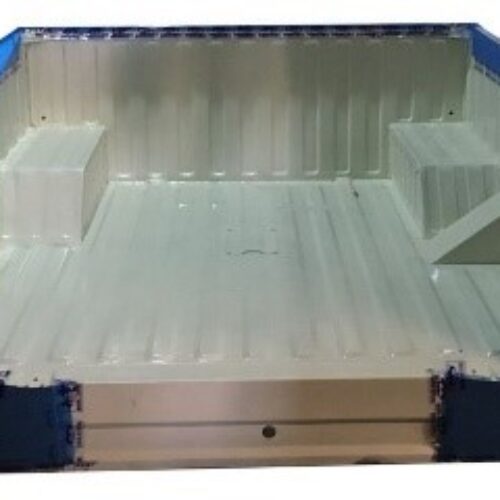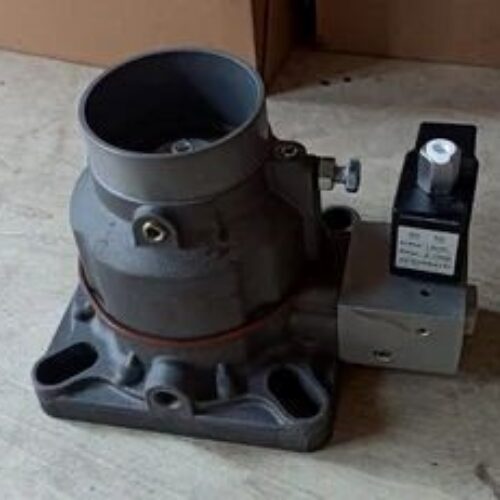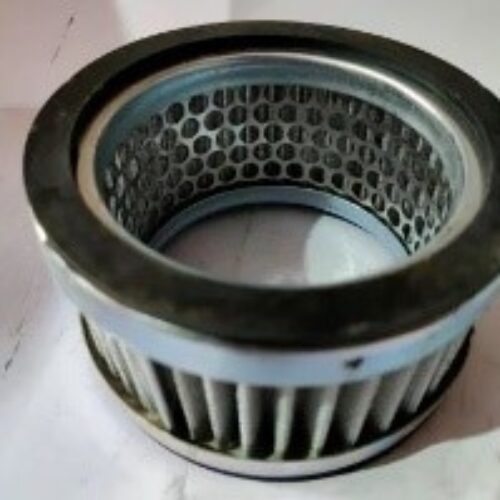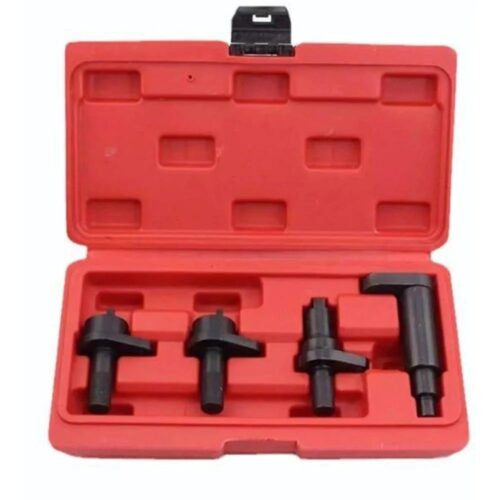Audi Front Brake Disc Rotor – BMW Disc Rotor – AUDI Brake Disc Rotor
Original price was: $75.00.$72.24Current price is: $72.24.Maruti Mild Steel Car Cluth Kit
Original price was: $105.00.$102.34Current price is: $102.34.Car Rear Brake Shoe
Original price was: $10.00.$9.63Current price is: $9.63.
Product Specification
| Position | Rear |
| Thickness | 7 mm |
| Material | Aluminium |
| Packaging Type | 200 gm |
| Set Contains | 2 Pieces |
| Type | Brake Shoes |
Description
What Are Car Rear Brake Shoes and How Do They Work?
Car rear brake shoes are a crucial component of the drum brake system, commonly found in older vehicles and certain modern models, particularly in the rear braking system. Unlike the more familiar disc brakes, which use brake pads, drum brakes employ brake shoes to achieve the necessary friction for stopping the vehicle. Understanding the working mechanism of rear brake shoes involves delving into their structure and interaction with other brake system components.
Rear brake shoes are curved, crescent-shaped metal plates with a high-friction material, typically made of organic, semi-metallic, or ceramic compounds, bonded to their outer surface. When the driver applies the brake pedal, hydraulic pressure from the master cylinder forces the wheel cylinder to push the brake shoes outward against the inner surface of the brake drum. The friction generated between the brake shoes and the drum’s interior surface slows down and eventually stops the wheel’s rotation.
The primary components of the rear brake shoe system include the brake shoes themselves, the brake drum, the wheel cylinder, return springs, and the adjuster mechanism. The wheel cylinder plays a pivotal role by converting hydraulic pressure into mechanical force, which presses the brake shoes outward. Return springs ensure that the brake shoes retract from the drum surface when the brake pedal is released, preventing continuous friction and wear. The adjuster mechanism maintains optimal clearance between the brake shoes and the drum, compensating for wear over time.
When comparing rear brake shoes to brake pads, several distinctions emerge. Brake pads are used in disc brake systems, which offer superior heat dissipation and are generally more effective in high-performance and heavy-duty vehicles. Conversely, rear brake shoes are less expensive to manufacture and offer sufficient stopping power for lighter vehicles. Additionally, drum brakes with rear brake shoes are often preferred in parking brakes due to their self-energizing property, which requires less force to maintain a static position.
In summary, rear brake shoes are vital in drum brake systems, interacting intricately with various components to ensure vehicle safety. Understanding their function and maintenance can significantly enhance the longevity and performance of a vehicle’s braking system.
Maintenance Tips and Best Practices for Car Rear Brake Shoes
Ensuring the optimal performance and longevity of your car’s rear brake shoes requires regular maintenance and care. To begin with, it is crucial to periodically inspect the rear brake shoes for any signs of wear and tear. Common indicators that the rear brake shoes need replacement include a noticeable decrease in braking efficiency, unusual noises such as squealing or grinding when braking, and visible wear on the brake lining. Conducting routine checks can help identify these issues early, preventing more severe damage and ensuring your vehicle’s safety.
One of the essential maintenance practices is keeping the braking system clean. This involves cleaning the brake drums to remove any accumulated dirt or debris that can impede proper functioning. Additionally, lubricating the necessary parts, such as the backing plate and adjuster mechanism, helps maintain smooth operation and reduces wear on the brake shoes. When it comes to rear brake shoe adjustment, it is vital to understand the specifics of your vehicle’s braking system. Some vehicles have self-adjusting brakes, while others may require manual adjustment. Proper adjustment ensures that the brake shoes maintain the correct distance from the drum, providing effective braking performance.
While regular maintenance can significantly extend the lifespan of rear brake shoes, there are times when professional help is necessary. If you experience persistent braking issues despite routine maintenance, it is advisable to seek the expertise of a qualified mechanic. Professional inspection can identify underlying problems that may not be apparent during regular checks. Neglecting rear brake shoe maintenance can lead to severe consequences, including reduced braking efficiency, increased stopping distances, and potential brake failure, posing a significant risk to your safety and that of others on the road.
By adhering to these maintenance tips and best practices, you can ensure that your car’s rear brake shoes remain in excellent condition, providing reliable and safe braking performance.











Reviews
There are no reviews yet.